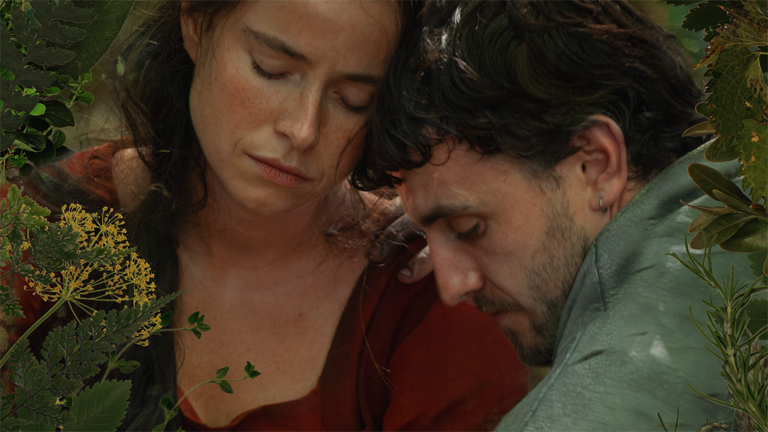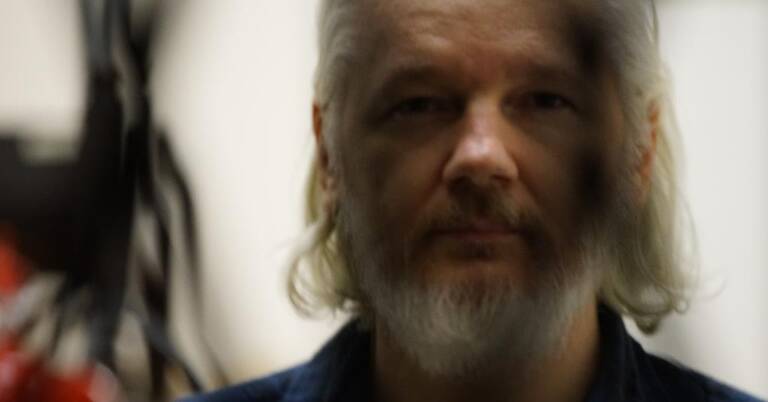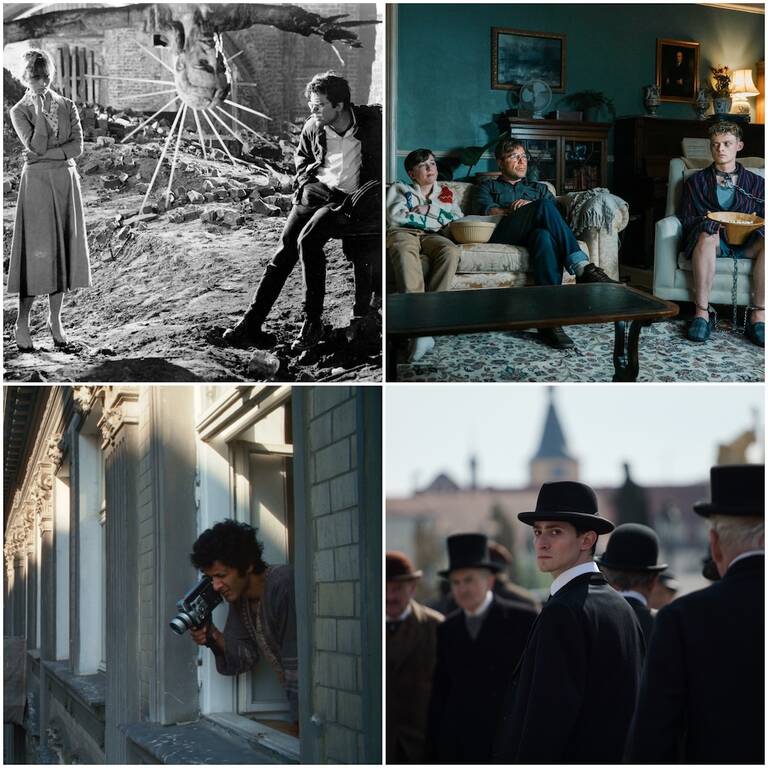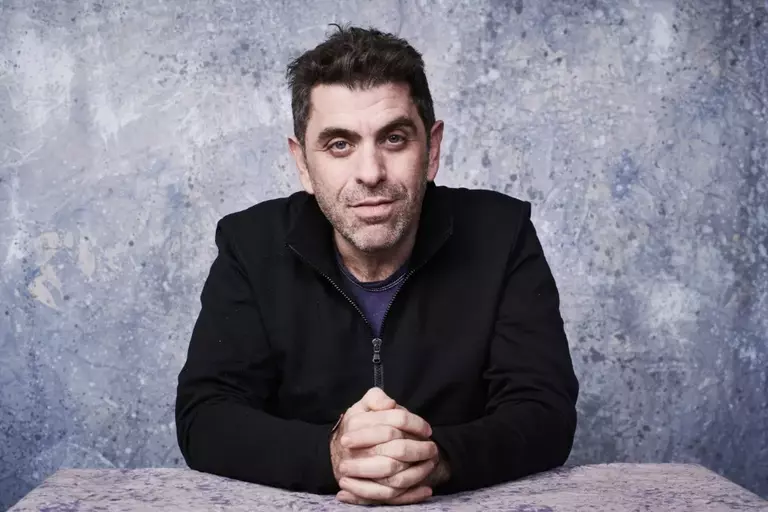
Cast: Kamila Urzedowska, Robert Gulaczyk, Miroslaw Baka, Sonia Mietielica Review by Carol Allen![]()
The Welchmans have now used the same technique on a classic Polish novel, The Peasants by Władysław Reymont. Written in the early years of the twentieth century, it won the Nobel Prize for literature in 1924, and has been compared by the film’s makers to the work of English writers such as Dickens and Hardy. Like Dickens it was first published as a magazine serial in four parts, each one with the name of a season of the year.
The story deals with life in a Polish village towards the end of the 19th century. It centres on 19 year old Jagna (Kamila Urzedowska), who is in love with a married man, Antek (Robert Gulaczyk), who treats her badly. His wife Hanka (Sonia Mietielica) doesn’t fare much better at his hands and Antek’s also in constant conflict with his father Maciej (Miroslaw Baka), who is the richest man in the village. Riches in this context means land – wealth is all about land – and when Jagna is married off like a piece of property to Macej for her dowry, which is a nice slice of the agricultural stuff, things start getting really nasty.
The animation technique used makes the film look gorgeous. The changing of the seasons in particular is stunning. The Polish painters referenced – Michał Gorstkin-Wywiórsk, Ferdynand Ruszczyc and Józef Chełmońskiare – are not as well known to the general public worldwide as Van Gogh is. Nor indeed is the writing of Władysław Reymont, despite that Nobel prize. So perhaps one of the reasons for making the film, which was supported financially by a number of Eastern European cultural bodies, is to increase world-wide awareness of Polish culture and traditions.
The story is certainly enlightening in terms of the values and lifestyle of Polish peasants before the dawn of the Soviet empire. One of the most vivid and dramatically powerful aspects of that is in the dancing at Jagna’s wedding. The performances are all good and the film makers show particular interest in the tragic situation of Jagna and what her story says about the powerlessness of women and how they were abused at that time.
But the painterly animation, skilful though it is, adds little to the story, which is at times frankly brutal, in terms of vicious fist fights, rape and other forms of sexual abuse,. While what happens to poor Jagna, when the whole village turns against her, is unspeakably cruel. The horrors and humiliations suffered by Dickens’ and Hardy’s heroines seem almost mild in comparison.
The Peasants is in cinemas now






